Small Scale Integrated Circuit
If you are looking for information about SOICs, we can definitely help you with that! We can provide details about their size, advantages, applications, and even how to get a quote for them.
Small Scale Integrated Circuit
These terms refer to the level of complexity in integrated circuits (ICs), which are tiny chips that contain miniaturized electronic circuits.
Small-Scale Integration (SSI)
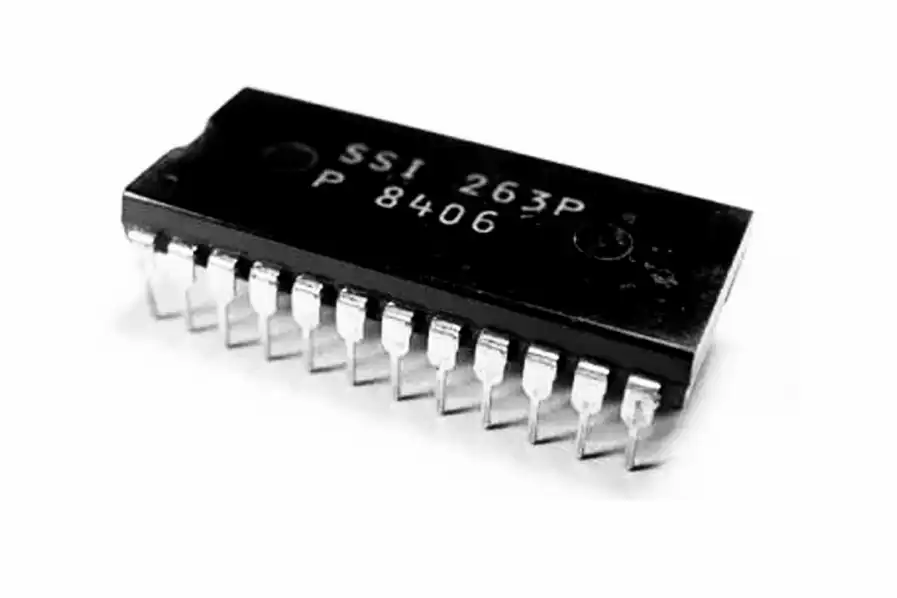
The earliest form of ICs.
- Complexity: Contained a relatively small number of transistors, typically in the tens or hundreds.
- Circuits: Mostly comprised of basic logic gates (AND, OR, NOT) or simple linear circuits (amplifiers, oscillators).
- Applications (Historical): Early calculators, simple memory chips, basic digital logic functions.
- Use Today: Not very common due to advancements in technology. Modern ICs offer much higher functionality.
Medium-Scale Integration (MSI)
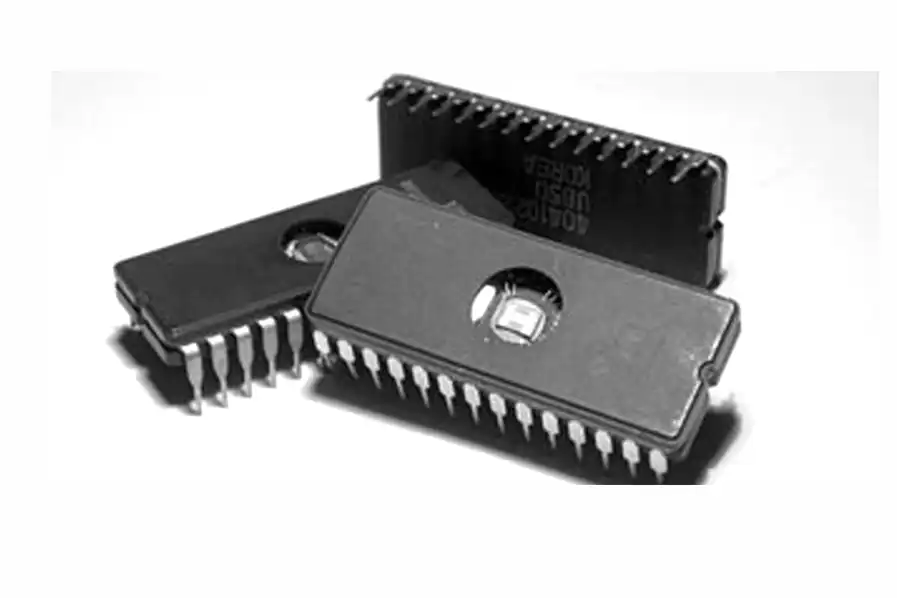
A step up in complexity from SSI.
- Complexity: Contained thousands of transistors, offering more functionality than SSI.
- Circuits: Included more complex logic circuits (flip-flops, counters, multiplexers) and some basic memory blocks.
- Applications: Early computer components, complex calculators, basic communication circuits.
- Use Today: Less common than Large-Scale Integration (LSI) but still found in some simpler applications or as building blocks within larger ICs.
Large-Scale Integration (LSI)
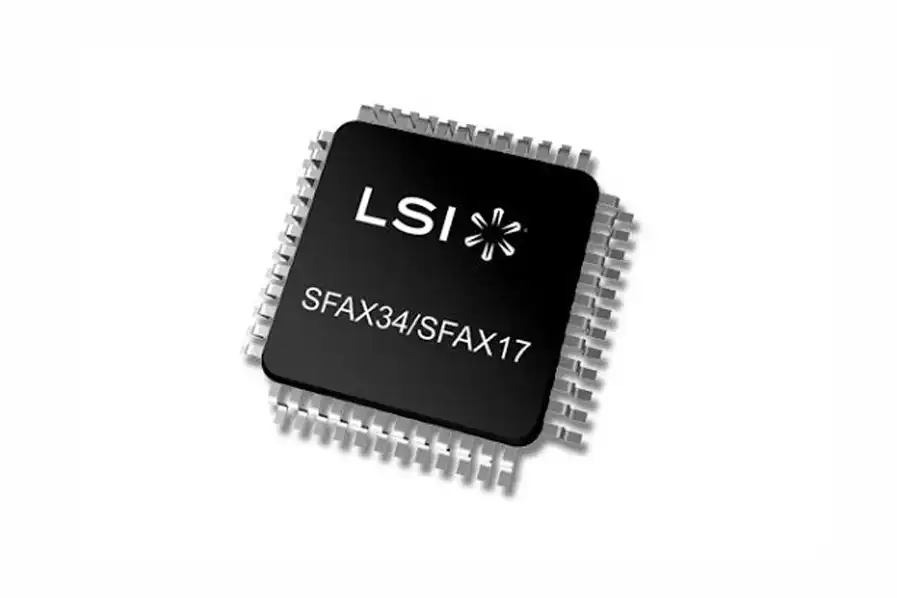
A significant leap in complexity over previous categories.
- Complexity: Contained tens of thousands to hundreds of thousands of transistors.
- Circuits: Could integrate entire functional units like microprocessors, memory blocks, complex digital signal processors (DSPs).
- Applications: Modern computers, smartphones, tablets, advanced communication systems, a vast range of electronic devices.
- Use Today: The dominant form of IC technology, enabling the miniaturized and powerful electronics we rely on today.
Very Large Scale Integration Circuits (VlSI)
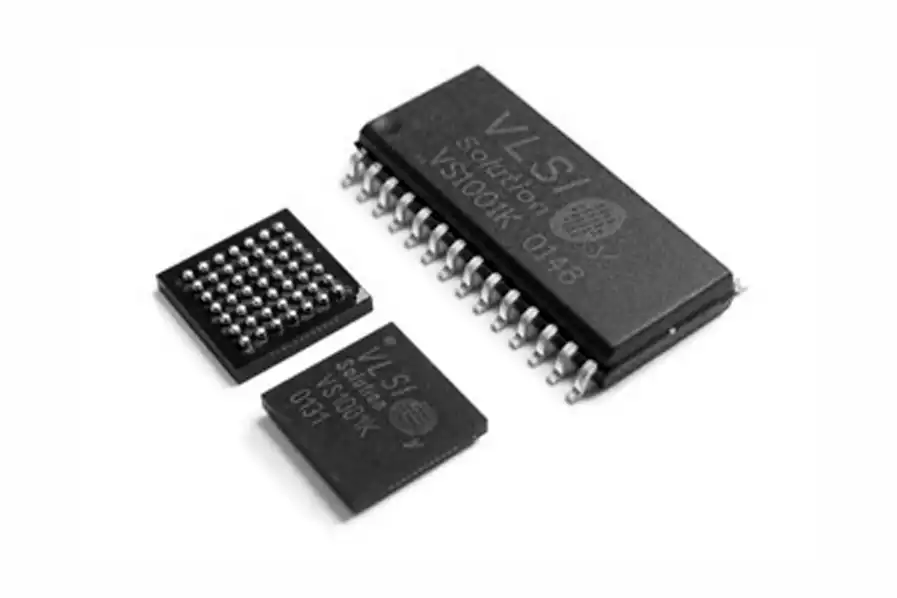
A further advancement in IC complexity.
- Complexity: Contains millions to billions of transistors.
- Circuits: Can integrate complete microprocessors, entire memory arrays, complex graphics processing units (GPUs), and other sophisticated circuitry onto a single chip.
- Applications: Modern high-performance computers, advanced smartphones, gaming consoles, artificial intelligence (AI) processors, and many more cutting-edge devices.
- Use Today: Essential for the development of powerful and feature-rich electronic devices.
Benefits of Small Scale Integrated Circuit
While Small-Scale Integrated Circuits (SSIs) are not as widely used today due to advancements in technology, they did offer some significant benefits in their time and laid the groundwork for the more complex ICs we rely on today. Here are some of the advantages associated with SSIs:
Pioneering Miniaturization: SSIs were a major step forward from bulky discrete components. By integrating multiple transistors onto a single chip, they offered a significant size reduction, paving the way for smaller and more portable electronic devices.
Improved Reliability: Compared to circuits built with individual transistors, SSIs offered increased reliability due to fewer connection points and a more robust package. This reduced the chances of malfunction and improved overall circuit stability.
Simplified Assembly: SSIs simplified the assembly process compared to using discrete components. This led to faster and potentially less expensive production of electronic devices.
Early Steps in Integration: SSIs were the stepping stone towards more complex ICs like MSIs and LSIs. They allowed engineers to experiment with integrating basic circuits and understand the challenges and benefits of miniaturization.
However, it’s important to consider the limitations of SSIs:
- Limited Functionality: Due to the small number of transistors, SSIs could only handle relatively simple logic functions or basic analog circuits.
- Lower Performance: Compared to modern ICs, SSIs offered limited processing power and speed due to the fewer transistors available on the chip.
- Obsolete Technology: Modern ICs offer vastly more functionality and performance at a lower cost, making SSIs a technology of the past for most applications.
SSIs played a crucial role in the history of electronics by laying the groundwork for miniaturization and integrated circuits. While they are no longer the dominant technology, their legacy lives on in the powerful and compact electronics we use today.
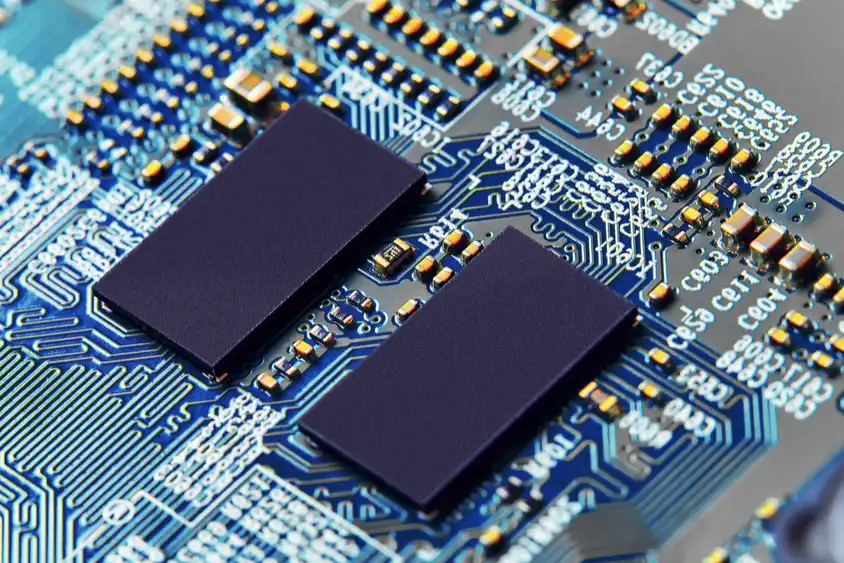
Secure Integrated Circuits and Systems
Secure Integrated Circuits and Systems refer to the design and implementation of electronic circuits and systems with enhanced security features to protect against unauthorized access, tampering, and cyber threats. These systems are crucial in applications where data integrity, confidentiality, and system reliability are paramount.
Computer-Aided Design of Integrated Circuits and Systems
Computer-Aided Design (CAD) of Integrated Circuits and Systems involves using specialized software to design, simulate, and optimize electronic circuits and systems. This process includes creating schematics, simulating performance, designing physical layouts, verifying functionality, and preparing for fabrication. CAD tools enhance design accuracy, efficiency, and reliability, making them essential for developing complex and high-performance integrated circuits and electronic systems.
